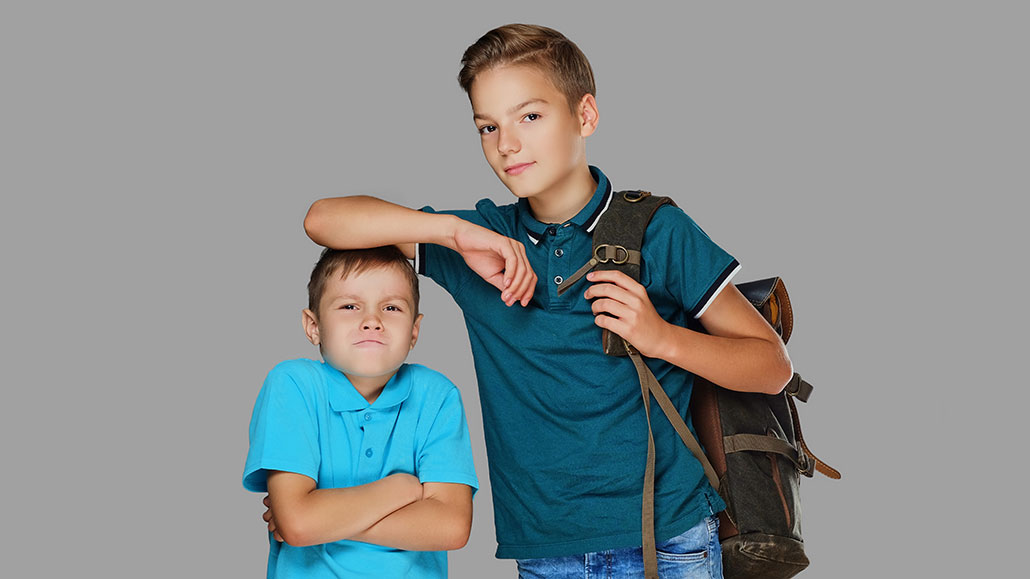adulthood: The part of an organism’s lifespan in which it has full physical and intellectual maturity.
anatomy: (adj. anatomical) The study of the organs and tissues of animals. Or the characterization of the body or parts of the body on the basis of its structure and tissues. Scientists who work in this field are known as anatomists.
behavior: The way something, often a person or other organism, acts towards others, or conducts itself.
chemical: A substance formed from two or more atoms that unite (bond) in a fixed proportion and structure. For example, water is a chemical made when two hydrogen atoms bond to one oxygen atom. Its chemical formula is H2O. Chemical also can be an adjective to describe properties of materials that are the result of various reactions between different compounds.
develop: To emerge or to make come into being, either naturally or through human intervention, such as by manufacturing. (in biology) To grow as an organism from conception through adulthood, often undergoing changes in chemistry, size, mental maturity, size or sometimes even shape.
fertile: Old enough and able to reproduce.
gender: The attitudes, feelings, and behaviors that a given culture associates with a person’s biological sex. Behavior that is compatible with cultural expectations is referred to as being the norm. Behaviors that are incompatible with these expectations are described as non-conforming.
gender identity: A term for someone’s strong internal sense of being male, female, both, neither or somewhere in between. While a person’s gender identity commonly matches the sex they were assigned at birth, this isn’t always the case.
hormone: (in zoology and medicine) A chemical produced in a gland and then carried in the bloodstream to another part of the body. Hormones control many important body activities, such as growth. Hormones act by triggering or regulating chemical reactions in the body. (in botany) A chemical that serves as a signaling compound that tells cells of a plant when and how to develop, or when to grow old and die.
organ: (in biology) Various parts of an organism that perform one or more particular functions. For instance, an ovary is an organ that makes eggs, the brain is an organ that makes sense of nerve signals and a plant’s roots are organs that take in nutrients and moisture.
primate: The order of mammals that includes humans, apes, monkeys and related animals (such as tarsiers, the Daubentonia and other lemurs).
puberty: A developmental period in humans and other primates when the body undergoes hormonal changes that will result in the maturation of reproductive organs.
sex: An animal’s biological status, typically male or female. There are a number of indicators of biological sex, including sex chromosomes, gonads, internal reproductive organs, and external genitals. It can also be a term for some system of mating between male and female animals such that each parent organism contributes genes to the potential offspring, usually through the fertilization of an egg cell by a sperm cell.
transition: The boundary where one thing (paragraphs, ecosystems, life stage, state of matter) changes or converts into another. Some transitions are sharp or abrupt. Others slowly or gradually morph from one condition or environment to another. (in gender studies) A term used to describe the process of permanently changing one’s outward gender in terms of name, behavior and expression to match one’s inner sense of his or her gender.
zits: A colloquial term for the pimples caused by acne.

